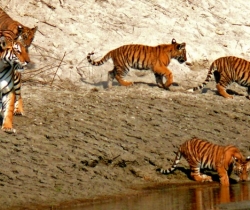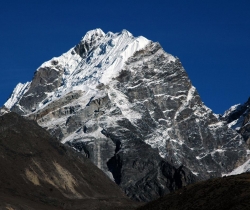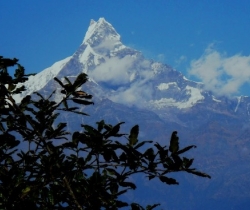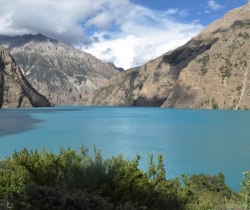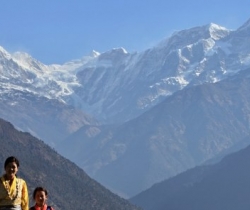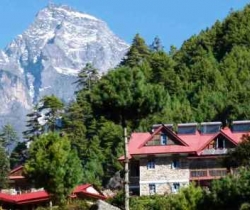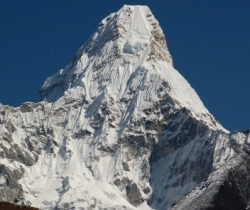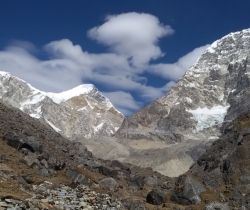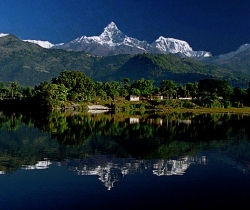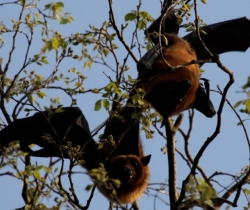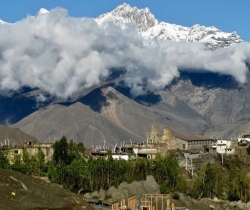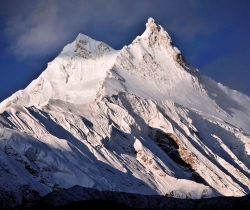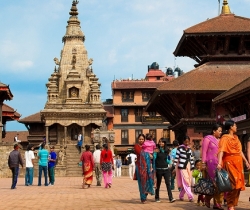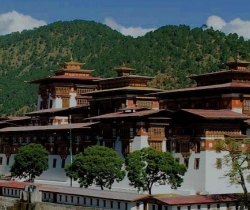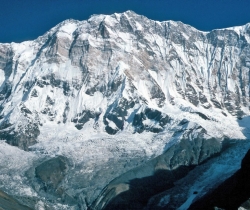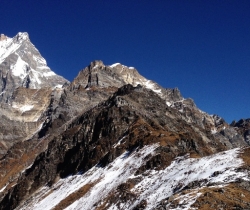Nepal
Covering an area of 147,181 sq km, Nepal shares a border with India in the west, south and east and with the “Tibet” Autonomous Region of China in the north. From east to west, Nepal is 800 km long and 230 km. north to south at its widest. Mountains, mid hills, valleys, lakes and plains dominate the landscape of this landlocked country. Eight of the 14 peaks over 8000 m. lie in Nepal including Everest, the highest in the world.
Situated between India and Tibet (China), this Himalayan country is the most preferred destination in the world for adventure opportunities and cultural explorations. The country is endowed with glorious scenery-verdant terraced valleys, rushing rivers and ice –blue lake that originate in the ‘abode of snows’, or Himalayas, Its diverse terrain offers tremendous opportunities for cultural and natural exploration inviting leisure and adventure enthusiasts for various trips such as cultural tours, treks, hiking, mountain expedition, white water rafting, jungle safari, mountain flight and many other adventure sports. In fact, Nepal is a land of ancient history, colorful cultures and friendly people found nowhere else on the planet! Also, the country is popular for numerous festivals that are celebrated throughout the year in traditional style highlighting enduring customs beliefs.
Nepal at a glance
Location: South Asia, between Tibet (China) and India
Asia: 147,181 sq, km
Terrain: Terai or flatland in the south, central hilly region and alpine in the north
Capital: Kathmandu
Population: 28 Million
Currency: Nepalese rupee (NRS)
Language: Nepali is the national language. English is also widely spoken in towns and cities
Religious: Hinduism, Buddhism, Islam and Christianity
People: Nepal has more than 70 ethnic groups and 102 spoken languages
Seasons: Winter, Spring, Summer, Autumn
Nepal’s Fact-Sheet
Nepal occupying only 0.1% of the earth is home to:
- 2% of all the flowering plants in the world
- 8% of the world's population of birds (more than 848 species)
- 4% of mammals on earth
- 11 of the world's 15 families of butterflies (more than 500 species)
- 600 indigenous plant families
- 319 species of exotic orchids
World Heritage Sites (Cultural)
Kathmandu Durbar Square, Pashupatinath, Swayambhunath, Boudhanath, Patan Durbar Square, Bhaktapur Durbar Square, Changunarayan, Lumbini (birth place of Lord Buddha)
World Heritage Sites (Natural)
Sagarmatha (Everest) National Park (1148 sq km), Chitwan National Park (932 sq km)
